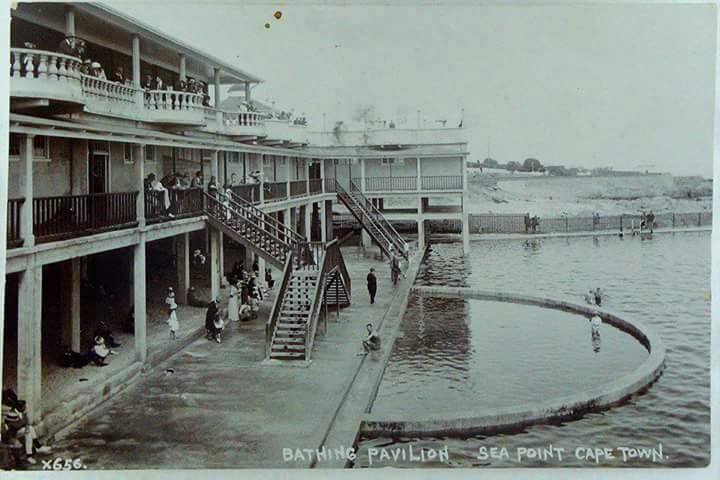The heavily populated and bustling suburb of Sea Point in Cape Town was not always the trendy area that it is today. Over the years this seaside suburb has come a long way from where it started.
The area received its name in 1776 when an encampment of men settled in the area to escape the smallpox epidemic that gripped Cape Town at the time. The camp was established by Sam Wallis, a commander under Captain Cook. From here it grew into a residential suburb in the 1800’s, eventually merging municipalities with Green Point in 1839.
In 1862 the Sea Point tramline was established and in 1875 the total population for both Sea Point and Green Point reached 1 425. In 1904, it reached 8 839.
The first line connecting Sea Point and Cape Town was built in 1892.

Sea Point was greatly influenced by Victorian England and seaside bathing became popular in 1800.
The area was established as a seaside vacation resort in 1880 with a number of bathing, seaside pools and tidal pools popping up around the suburb.

Over the years, many ships have been claimed by the rocky shoreline that surrounds Sea Point.
In early times, before people knew better than to venture into those waters, the sight of stranded boats and sinking hauls was common.
In May 1954, during a particularly rough storm a 246 tonne ship called the Basuto Coast ended up on the rocks within a few metres of the concrete wall of the promenade, like others before and after it.

Opened in 1914, the famous pavilion served Sea Point for some 40 years and featured an open air cinema, a tea room and cubicles for changing after a swim.
The pavilion was demolished in roughly 1954.

Much of the suburbs’ early years were influenced by its most famous resident, liberal parliamentarian and MP for Cape Town, Saul Solomon.
Solomon founded the Cape Argus and was the most influential liberal in the country, well-known for his constant battles against inequality in the Cape.

The 1930’s introduced an era of seaside hotels in Sea Point as many large homes along Beach Road were demolished to make way for high-rise hotels and apartments.
In just a few years, Sea Point transformed from a small camp of those seeking solace from smallpox to a seaside holiday and recreation destination.

This article was made possible thanks to the images shared on Cape Town Down Memory Lane. If you like these images, follow their Facebook page for more.
Pictures: Brian Van Hansen/Hilton T

